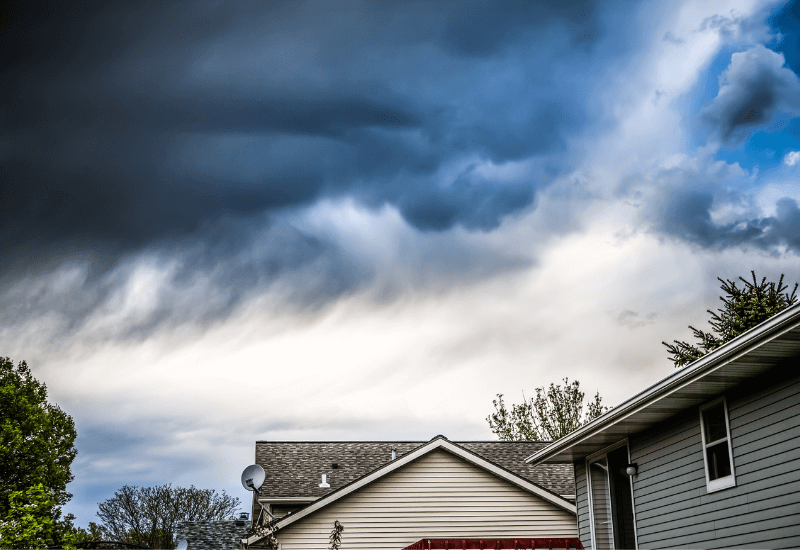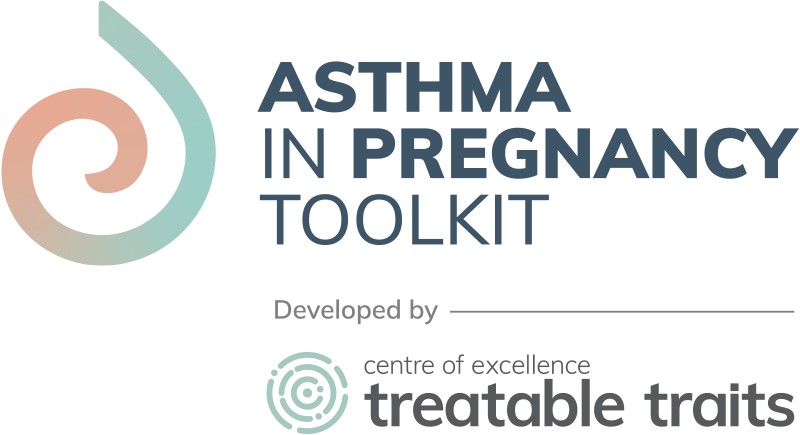Allergic triggers for asthma and rhinitis in pregnancy are as relevant and contributory to exacerbations and poor asthma control as for non-pregnant people. The most relevant outdoor allergens are pollens (most commonly grass pollens, but also tree and weed pollens), and some moulds.
Avoidance of outdoor allergens can be difficult, but remaining indoors with windows closed, air conditioning, and the use of high-efficiency particulate arrestor (HEPA) filters during high pollen count days can help reduce exposure (Diette et al. 2008). Of note, major reductions in allergy symptoms have been noticed during the COVID-19 lockdown, to a large extent attributable to masks, an approach that could be considered on specific occasions (Dror et al. 2020).
Thunderstorm asthma
Thunderstorm asthma is the triggering of an asthma attack following a local thunderstorm during the pollen season. It has been reported globally, with the greatest number of events reported in Australia, including the largest one in Melbourne in November 2016 (Thien et al. 2018). Thunderstorm asthma events result from a complex interaction of environmental and individual susceptibility factors. Environmental factors include:
- High concentrations of an aeroallergen
- Rain and moisture to rupture pollen grains and fungal spores, releasing fine allergen-bearing starch-granules <2.5 µm size which are inhaled into the lower airways
- Thunderstorm outflows which push allergenic particles to the ground level increasing allergen exposure to susceptible individuals (D’Amato et al. 2017, Suphioglu et al. 1992).
Individual susceptibility factors for an asthma attack / flare-up after a thunderstorm (whether pregnant or not) include:
- Having asthma (diagnosed, undiagnosed or a history of asthma)
- Pre-sensitisation to seasonal aeroallergens
- History of seasonal allergic rhinitis
- Low rates of inhaled corticosteroid use in patients with diagnosed asthma (Girgis et al. 2000).
People with asthma can prepare for hayfever and thunderstorm asthma seasons by talking to their doctor early (6 weeks before hayfever season is ideal) about the need for inhaled preventer medicine for asthma and the best treatments for their allergies.
For more information visit: https://asthma.org.au/about-asthma/triggers/thunderstorm-asthma/

Useful Resources
- AirSmart App– from Asthma Australia. This App provides live air quality information (pollen count data coming soon) which people can use for planning their day if they have asthma.
- AirRater App – Developed by the University of Tasmania, provides real-time and local information on environmental triggers of asthma in Australia including pollen (in select locations).
